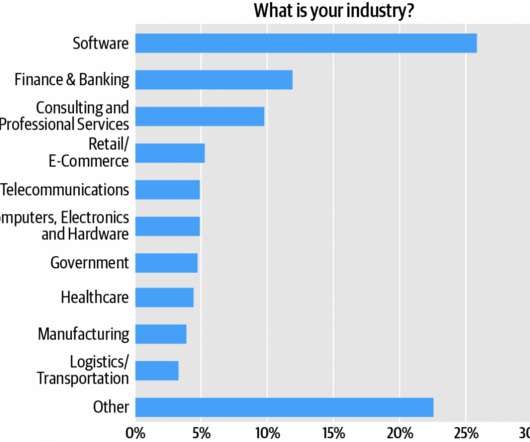Back-to-Basics Weekend Reading - The 5 Minute Rule - All Things.
All Things Distributed
AUGUST 24, 2012
Werner Vogels weblog on building scalable and robust distributed systems. Which makes this week a good moment to read up on some of the historical work around the costs of data engineering. In 1997 Jim revisted his caculations with the help of Goetz Graefe , and it details the impact of 10 years of hardware and pricing progress.











Let's personalize your content